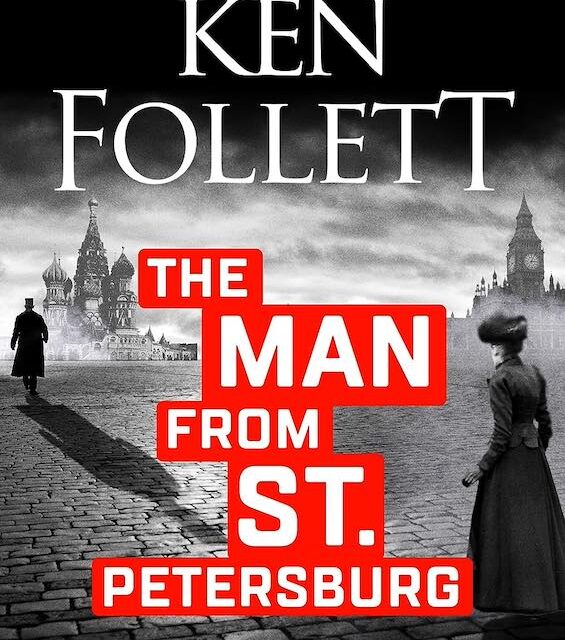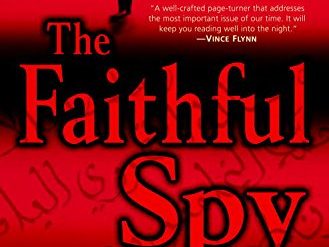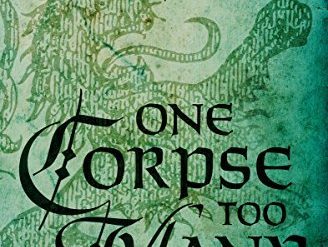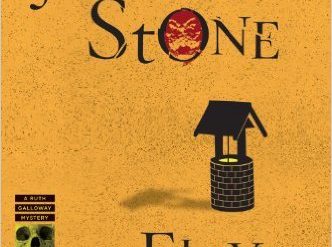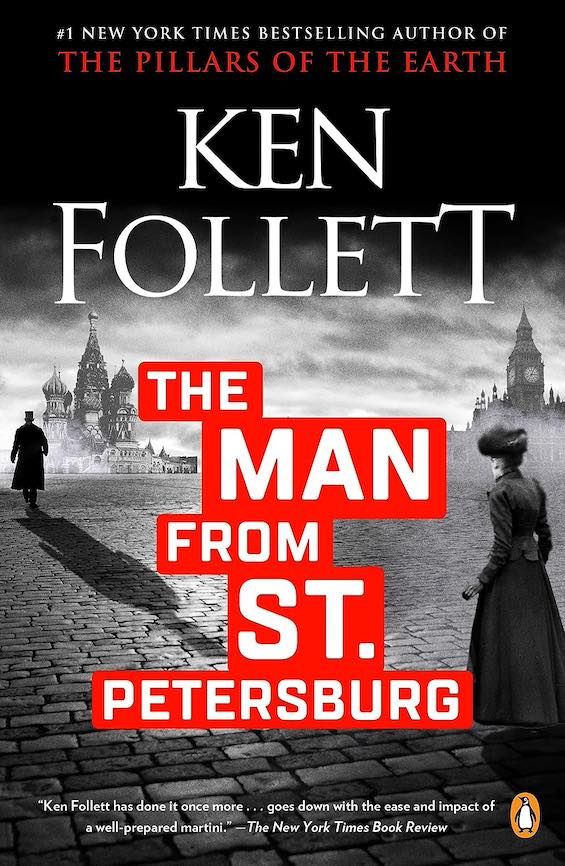
Estimated reading time: 6 minutes
A century ago, they called themselves anarchists. But we today would think of them as terrorists. After all, they had shocked the world again and again with their bombs and bullets. Anarchists had assassinated Tsar Alexander II of Russia in 1881, Empress Elisabeth of Austria in 1898, King Umberto I of Italy in 1900, and President William McKinley in 1901. And with handmade bombs they had wreaked havoc, setting off riots and terrifying millions. So it’s no stretch at all to imagine an anarchist attempting to prevent the signing of a treaty between the British and Russian Empires in 1914 as war threatened all Europe. And that’s the story Ken Follett tells so ably in The Man From St. Petersburg, his thriller about a Russian anarchist in England.
Upper-class England is under threat
Follett’s portrayal of upper-class England on the eve of World War I is picture-perfect. We visit two of the palatial homes of a prominent member of the aristocracy, one of which employs more than fifty servants inside the house alone. We attend the court of King George V as the season’s fresh crop of debutantes curtsey before the King and Queen. And we witness the growing power of the suffragettes and the impending war on the Continent as they begin to upend the smug certainties of the Edwardian era. Ken Follett is a practiced hand at historical fiction, and it shows.
The leading characters of The Man From St. Petersburg add depth to the picture. Stephen, the Earl of Walden, an outspoken Tory and a friend of the King. Lydia, his Russian wife, a niece of the Tsar. Their debutante daughter, Charlotte, beguiled by the suffragettes and chafing at the limitations of her sheltered upbringing. Prince Aleksey, the Tsar’s favorite nephew, now dispatched to England to negotiate a military alliance. And Feliks Kschessinsky, a self-educated anarchist and assassin, who has escaped torture and a chain gang. If they sound like caricatures, they’re not. Every one is a fully fleshed three-dimensional human being. Follett makes us care for them all.
The Man From St. Petersburg by Ken Follett (1982) 320 pages ★★★★☆
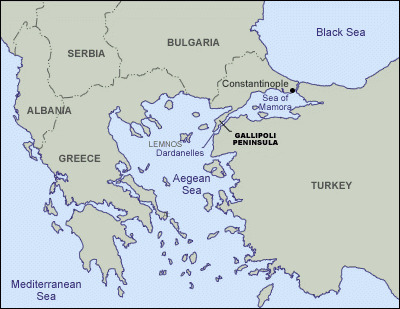
The historical backdrop
When Kaiser Wilhelm II acceded to the throne of the German Empire in 1888, he resolved to challenge the British dominance of the seas. He launched a massive naval building program to match the vaunted skill of the Prussian-led army. And by the summer of 1914, Germany was ready to move. All Europe expected war to break out soon. Thus, the assassination of the Archduke Ferdinand of Austria on June 28, 1914, was effectively a pretext, or so the British believed. But the British had failed to invest in building up their armed forces.
Meanwhile, the forces of revolution were gathering steam in Russia. The Mensheviks and Bolsheviks were still jockeying for advantage while the regime of Tsar Nicholas II bumbled along, blundering into one tragic error after another. And yet more radical elements were at work as well, anarchists prominent among them. The figure of Feliks Kschessinsky in Follett’s novel is a fair representative.
Imagination joins the historical record
In The Man From St. Petersburg, Follett fictionalizes the events of the weeks immediately before June 28. In his telling, the British are terrified of facing the Germans with only the French as allies. Thus, First Lord of the Admiralty Winston Churchill initiates an urgent effort to draw the Russian Empire into an alliance to guarantee the Germans would face a war on two fronts. We follow the frantic negotiations that ensue between Prince Aleksey of Russia and Lord Walden of Britain.
In fact, an Anglo-Russian Entente had been in place since 1907. However, that treaty was concerned with events in Asia—Persia, Afghanistan and Tibet—not Europe. Though I’m unable to confirm it through research online, it seems that Churchill or someone else in Britain’s Liberal government did in fact negotiate with Russia in 1914 to extend the pact to Europe. At any rate, that’s the pivot on which Follett’s novel turns.
About the author
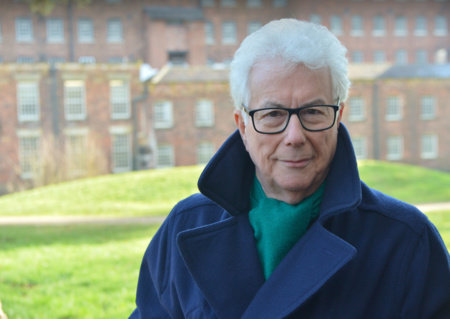
As Ken Follett‘s website notes, he “is one of the world’s most successful authors. Over 188 million copies of the 36 books he has written have been sold in over 80 countries and in 40 languages.”
Follett was born in Cardiff, Wales, in 1949. He earned an honours degree in philosophy from University College, London, then began a career as a reporter. He gained his first breakthrough as an author in 1978 with the publication of The Eye of the Needle. The Mystery Writers of America granted him the Edgar Award for Best Novel the following year.
Although Follett has gained distinction throughout his writing career as a spy novelist, he is best known to the public at large for his epic series of historical novels, the Kingsbridge Saga.
Follett now lives in Hertfordshire with his wife Barbara, a former Labour Member of Parliament. Between them they have five children and six grandchildren.
For related reading
I’ve reviewed the author’s best-known spy thriller, Eye of the Needle (The 40th anniversary edition of Ken Follett’s classic WWII spy novel) and three others:
- Never (Is a new world war possible by accident?)
- Hornet Flight (The Danish Resistance and a secret Nazi base)
- The Key to Rebecca (One of the best World War II spy stories)
I’ve also read all the books to date in the Kingsbridge Trilogy but reviewed only those I read after I began reviewing books online. Thus, I haven’t reviewed the original trilogy. Here are those I did review, in order of the chronology in the books:
- The Evening and the Morning (Ken Follett sets up the Kingsbridge Trilogy in a prequel)
- A Column of Fire (Ken Follett’s 16th-century Kingsbridge saga: Christians killing Christians)
- The Armor of Light (The Kingsbridge Saga moves to the Industrial Revolution)
You might also enjoy my post Top 10 historical mysteries and thrillers.
And you can always find my most popular reviews, and the most recent ones, on the Home Page.

